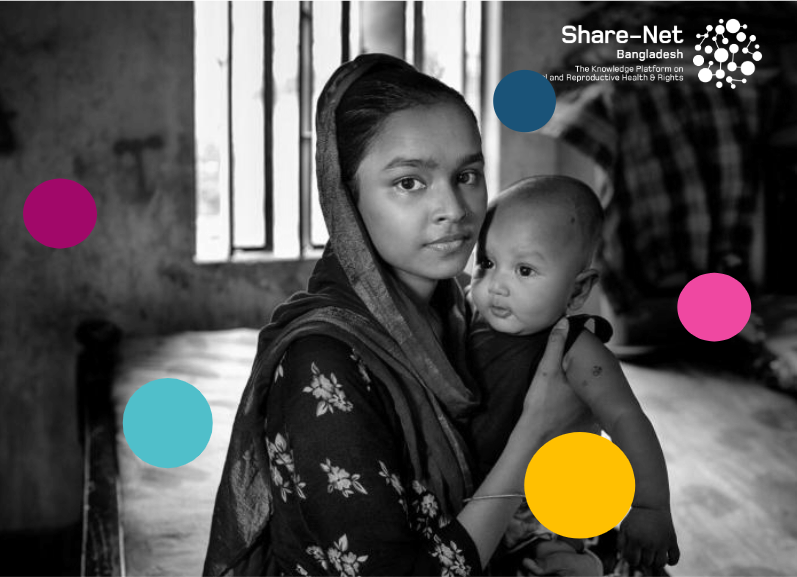Battling the Silent Crisis: Bangladesh’s Alarming Adolescent Pregnancy Rate
Almost in all development indicators, Bangladesh has often been lauded for its progress. However, behind the curtain of success lies a hidden crisis that threatens the future of its young population. According to a recent report published by Dhaka Tribune, Bangladesh currently grapples with the highest rate of adolescent pregnancy in South Asia, painting a bleak picture for the nation’s youth.
Bangladesh, a country known for its vibrant culture and economic growth, is witnessing a concerning rise in adolescent pregnancies. The report highlights that nearly 38% of girls in Bangladesh become mothers before they turn 18, cementing the nation’s unfortunate position as the leader in South Asia for this distressing statistic. This alarming rate not only jeopardizes the physical and mental well-being of these young girls but also impedes their educational and economic prospects, perpetuating a cycle of poverty and inequality.
Recognizing the urgency of addressing this issue, the Bangladeshi government, along with various international organizations and NGOs, has implemented several initiatives to combat adolescent pregnancy. The government’s National Adolescent Health Strategy, for instance, aims to raise awareness about sexual and reproductive health among adolescents and provide them with access to comprehensive healthcare services. Additionally, NGOs like BRAC and UNFPA have launched programs that focus on empowering young girls with education, vocational training, and reproductive health knowledge.
Despite these commendable efforts, the persistently high rate of adolescent pregnancies in Bangladesh demands a closer examination of the underlying causes. Several factors contribute to this complex issue. First and foremost is the lack of comprehensive sex education in schools and communities. The prevailing cultural and social norms often stigmatize discussions about sexual and reproductive health, leaving young people ill-equipped to make informed decisions. Moreover, poverty, limited access to healthcare facilities, early marriage, and gender inequality exacerbate the problem, making it even more challenging to break the cycle.
To tackle the epidemic of adolescent pregnancies, concerted efforts must be made at various levels. It is imperative to prioritize comprehensive and age-appropriate sex education within the national curriculum, enabling young people to understand their bodies, make informed choices, and protect their reproductive health. Equally important is challenging societal norms and dismantling harmful practices that perpetuate gender inequality and early marriage. Furthermore, the government must strengthen healthcare infrastructure and ensure the availability of accessible reproductive healthcare services for adolescents across the country.
Simultaneously, collaboration between the government, NGOs, and international organizations should be intensified. Sharing resources, expertise, and best practices can amplify the impact of existing initiatives and foster innovation in addressing this multifaceted challenge. Public-private partnerships can also play a vital role in funding and implementing comprehensive programs that empower young girls, providing them with educational opportunities and vocational training to break free from the vicious cycle of poverty and early pregnancies.
Bangladesh stands at a critical juncture, battling an alarming rate of adolescent pregnancies. While the current initiatives and interventions are commendable, it is evident that a more comprehensive and multifaceted approach is needed. By prioritizing comprehensive sex education, challenging societal norms, and strengthening healthcare infrastructure, Bangladesh can pave the way for a brighter future for its young population. Only by tackling this silent crisis head-on can the nation truly unleash its full potential and ensure a prosperous future for all its citizens.
Source: Dhaka Tribune
Image Course: unicef



